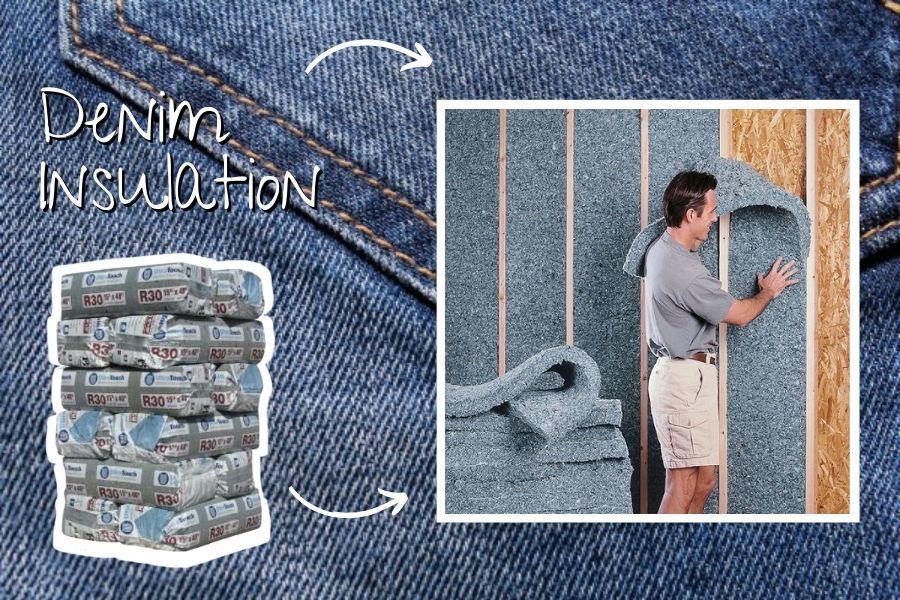Last updated on
This article offers practical advice on responsibly disposing of flowers, ensuring they’re returned to nature in a sustainable and eco-friendly manner.
Key takeaways:
- Compost flowers for nutrient-rich soil
- Donate flowers to hospitals, nursing homes, or cultural centers
- Use flowers as mulch in your garden
- Return flowers to florists for recycling programs
- Dispose flowers in biodegradable pots or planters
Compost Them Yourself
Transforming your spent blossoms into compost isn’t just eco-friendly—it’s also a boon for your garden. Flowers, rich in nutrients, decompose readily and blend well with other organic materials.
Ensure a balanced compost by mixing the green, nitrogen-rich floral waste with brown, carbon-rich materials like dried leaves or shredded paper. Chop or shred large blooms to hasten decomposition and turn your heap regularly to aerate it, speeding up the composting process.
However, be cautious with diseased or insect-infested plants; these should not be added to your pile to avoid spreading problems to other plants. If you have perennial plants or non-biodegradable items like wire or plastic in your flower arrangements, remove them before composting.
By integrating these practices, you’ll create a nutrient-dense compost that can nurture your garden, completing a natural cycle of growth and renewal.
Donate to Hospitals, Nursing Homes, or Cultural Centers
Extending the joyful influence of your bouquet is possible through thoughtful donation. Hospitals and nursing homes often welcome the uplifting presence of fresh blooms to brighten patient rooms and communal areas.
Similarly, cultural centers, like libraries and community halls, can use floral contributions to enhance their decor for events. Before proceeding with a donation, check with the facility’s policy on flower acceptance to ensure they can accommodate your gesture.
It’s essential to consider the condition of the flowers too; donate those that still have life left to share their beauty. Remember that some establishments have restrictions regarding potential allergens, so it’s best to enquire about any specific flower types to avoid.
This act of kindness not only extends the life of your flowers but also bridges connections within the community, sharing a message of thoughtfulness and care.
Use As a Mulch in Your Garden
Harnessing the natural benefits of wilted bouquets, a garden can thrive with the addition of floral mulch. It provides numerous advantages, such as suppressing weeds, retaining soil moisture, and adding a touch of aesthetic appeal.
Before incorporating flowers into your mulch, ensure they are free from disease and pests to avoid spreading them to healthy plants. Chop or shred the blooms to speed up decomposition and facilitate a more uniform integration with the soil.
Over time, as the flowers break down, they enrich the soil with organic matter, fostering a nutrient-rich environment that bolsters the growth of other plants. Remember, vibrant petals can attract pollinators, giving a second life to your spent flowers as a source of garden health and biodiversity.
Return to a Florist for Recycling Programs
Participating florists often have initiatives in place to sustainably handle expired arrangements. These programs are designed to breathe new life into old blooms. They can repurpose flowers by breaking them down into compost, which is then used to nourish new plants, contributing to a circular economy.
Others collaborate with artists or crafters who can transform these fading beauties into eco-friendly art or decorations.
To contribute, reach out to local flower shops to check if they accept past-their-prime flowers for recycling.
Ensure that you provide the flowers free of any non-biodegradable materials like plastic wrappings or ribbons to facilitate the recycling process.
This not only aids in reducing waste but also supports local businesses in their green endeavors.
Dispose in Biodegradable Flower Pots or Planters
Biodegradable flower pots and planters offer a creative and eco-friendly solution for spent blooms. These containers break down over time, integrating the flowers into the soil as they decompose.
Such pots are often made from natural materials like coconut husks, cow manure, or pressed paper, serving as a nutrient-rich food for earthworms and beneficial microbes in your garden.
By choosing this disposal method, you harmonize the cycle of life—transforming what’s no longer living into a source of life for new plants.
Moreover, this approach significantly reduces waste, as you avoid sending organic matter to landfills where it would generate methane, a potent greenhouse gas.
It’s a simple yet impactful way to respect the environment and sustain the earth’s natural recycling process.
FAQ
How do you throw away dead flowers?
Dispose of spotted, moldy, or fungused dead flowers in the trash, while healthy dead plants can be composted.
Is it okay to throw away flowers?
Throwing away flowers is not a recommended practice; instead, consider composting perished flowers or donating them and their vases in good condition for reuse.
What to do with flowers you don’t want to throw away?
One can repurpose wilted flowers creatively by drying them out and using in various decorative crafts such as wreaths, dried arrangements, potpourri, shadow boxes, or as fragrant sachets for closets and drawers.
Can wilted flowers be composted in a home garden?
Yes, wilted flowers can be composted in a home garden as they are organic and break down over time to enrich the soil.
What are some sustainable disposal options for leftover wedding flowers?
Leftover wedding flowers can be sustainably disposed of by composting, donating to hospitals or care homes, or using them in creative projects like potpourri and floral artworks.
Should flowers be separated from their containers before recycling?
Yes, flowers should be removed from their containers before recycling.
Related reading:
Table of Contents



